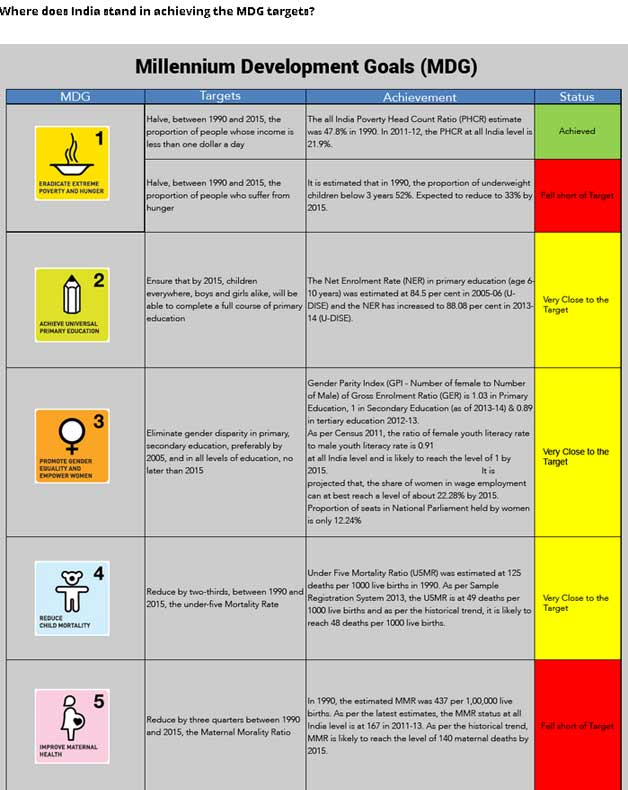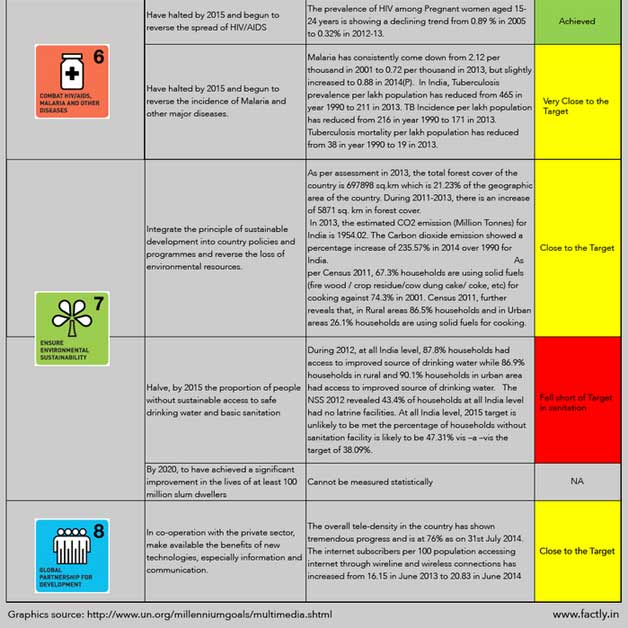
There was considerable excitement last week when the United Nations General Assembly adopted the new set of 17 goals for sustainable development.
These goals replace the eight Millennium Development Goals (MDG) adopted by the UN in 2000.
These MDGs are to end in 2015. The new sets of SDGs are to be achieved by the year 2030. The following are the 17 SDGs:
1. End poverty in all its forms everywhere
2. End hunger, achieve food security and improved nutrition and promote sustainable agriculture
3. Ensure healthy lives and promote well-being for all at all ages
4. Ensure inclusive and equitable quality education and promote lifelong learning opportunities for all
5. Achieve gender equality and empower all women and girls
6. Ensure availability and sustainable management of water and sanitation for all
7. Ensure access to affordable, reliable, sustainable and modern energy for all
8. Promote sustained, inclusive and sustainable economic growth, full and productive employment and decent work for all
9. Build resilient infrastructure, promote inclusive and sustainable industrialization and foster innovation
10. Reduce inequality within and among countries
11. Make cities and human settlements inclusive, safe, resilient and sustainable
12. Ensure sustainable consumption and production patterns
13. Take urgent action to combat climate change and its impacts
14. Conserve and sustainably use the oceans, seas and marine resources for sustainable development
15. Protect, restore and promote sustainable use of terrestrial ecosystems, sustainably manage forests, combat desertification, and halt and reverse land degradation and halt biodiversity loss
16. Promote peaceful and inclusive societies for sustainable development, provide access to justice for all and build effective, accountable and inclusive institutions at all levels
17. Strengthen the means of implementation and revitalize the global partnership for sustainable development
ALSO READ : India's rebuttal to Pakistan at UN: Top 10 quotes
What about the MDGs?
The Millennium Development Goals (MDGs) have helped in bringing out a much needed focus and pressure on basic development issues, which in turn led the governments at national and regional levels to do better planning and implement more intensive policies and programmes. The MDGs originated from the Millennium Declaration adopted by the General Assembly of the United Nations in September 2000. The MDGs consists of eight goals, and these eight goals address myriad development issues. The eight (8) Goals are
Goal 1: Eradicate Extreme Poverty and Hunger
Goal 2: Achieve Universal Primary Education
Goal 3: Promote Gender Equality and Empower Women
Goal 4: Reduce Child Mortality
Goal 5: Improve Maternal Health
Goal 6: Combat HIV/AIDS, Malaria and TB
Goal 7: Ensure Environmental Sustainability
Goal 8: Develop Global Partnership for Development
Eighteen (18) targets were set as quantitative benchmarks for attaining the goals. . The United Nations Development Group (UNDG) in 2003 provided a framework of 53 indicators which are categorized according to targets, for measuring the progress towards individual targets. A revised indicator-framework drawn up by the Inter-Agency and Expert Group (IAEG) on MDGs came into effect in 2008. This framework had 8 Goals, 21 targets and 60 indicators. India has not endorsed this revised framework.
India's MDG framework is based on the 2003 framework and includes 8 goals, 12 of the 18 targets relevant to India and 35 indicators. The Ministry of Statistics & Program Implementation (MoSPI) released the India Country report of the MDGs in February 2015. The report provides insights into the progress made on these eight goals.


(Rakesh has been working on issues related to Right to Information (RTI) for a decade. He is a Data/Information enthusiast & passionate about Governance/Policy issues.)

















